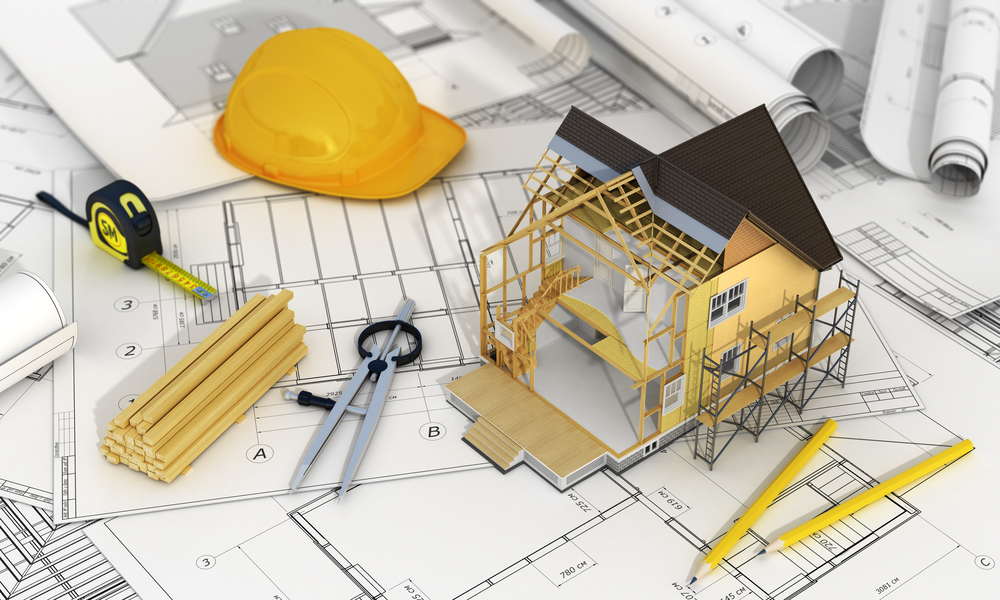4 Exciting Trends in Office Building Architecture

Office buildings are more than just places of work—they’re architectural statements that reflect the values, culture, and innovation of the companies that occupy them.
As the way we work continues to evolve, so too does the design of office buildings. From sustainable practices to flexible workspaces to innovations like electric window openers and HVAC systems, here are four exciting trends shaping the architecture of modern office buildings.
Biophilic Design: Bringing Nature Indoors
One of the most captivating trends in office building architecture is the incorporation of biophilic design principles. Biophilic design involves integrating natural elements and patterns into the environment to allow people to connect more to nature. This trend encompasses features such as living walls, green roofs, indoor gardens, and ample natural light—all aimed at improving occupant well-being, productivity, and creativity.
Biophilic elements not only enhance the aesthetic appeal of office buildings but also contribute to a healthier and more stimulating work environment. Research has shown that exposure to nature-inspired design elements can reduce stress, improve mood, and increase cognitive performance among building occupants.
Flexible Workspaces: Adapting to Changing Needs
The traditional office layout characterised by cubicles and fixed desks is giving way to more flexible and adaptable workspaces. With the rise of remote work and the growing emphasis on collaboration and creativity, office buildings are being designed to accommodate a variety of work styles and preferences.
Flexible workspaces feature open-plan layouts, modular furniture, and multipurpose areas that can be easily reconfigured to meet the changing needs of occupants. These dynamic environments promote collaboration, innovation, and mobility, empowering employees to choose where and how they work most effectively.
Sustainable Practices: Building for the Future
Sustainability has become a central focus in the design and construction of office buildings, driven by the urgent need to address climate change and reduce carbon emissions. From energy-efficient technologies to green building materials, architects are incorporating sustainable practices at every stage of the building process.
Office buildings are being designed to minimise energy consumption, maximise natural light, and promote resource conservation. Features such as solar panels, rainwater harvesting systems, and high-performance building envelopes help reduce environmental impact and operating costs while creating healthier and more resilient workplaces.
Technology Integration: Smart and Connected Spaces
Advancements in technology are revolutionising the way we interact with our surroundings, and office buildings are no exception. From window openers to integrated systems, technology is being seamlessly integrated into the fabric of office buildings to enhance comfort, convenience, and efficiency.
Smart building features enable remote monitoring and control of building systems, optimising energy usage, and occupant comfort. For example, sensors can adjust lighting and HVAC systems based on occupancy levels and environmental conditions, while building management platforms provide real-time insights and analytics to optimise building performance.
Moreover, technology is transforming the workplace experience, with features such as digital signage, touchless access controls, and virtual collaboration tools becoming increasingly prevalent. These innovations not only streamline operations but also create more engaging and interactive environments for employees and visitors alike.
Conclusion
In conclusion, office building architecture is evolving to meet the changing needs and expectations of modern businesses and their employees. From biophilic design and flexible workspaces to sustainable practices and technology integration, architects are embracing innovative approaches to create inspiring, efficient, and future-ready workplaces.
By incorporating these exciting trends into their designs, office buildings are not only shaping the way we work but also redefining the role of architecture in fostering creativity, collaboration, and well-being in the workplace.






